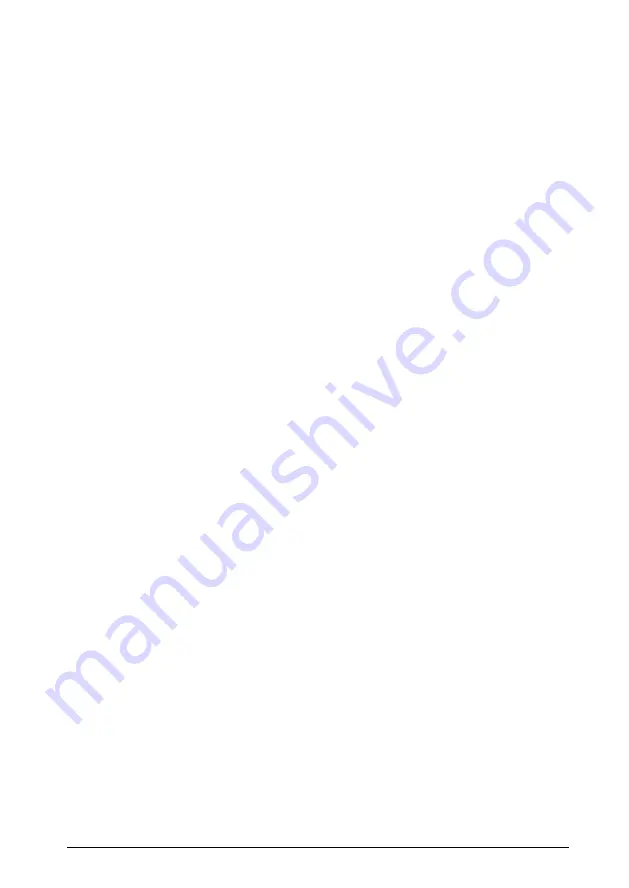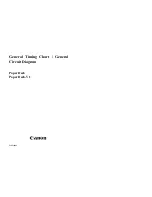
User-defined
Characters
This example of a character definition program should make this clear:
10 LPRINT CHR$(27)"x0"
20 LPRINT CHR$(27)"&"CHR$(0);
30
LPRINT '@@";
40 LPRINT CHR$(l)CHR$(9)CHR$(l);
50
FOR I=1 TO 27
60 READ-A: LPRINT CHR$(A);
70
NEXT I
80 LPRINT "@@@@@"
90 LPRINT CHR$(27)"%"CHR$(1);
100 LPRINT "@@@@@"
110 LPRINT CHR$(27)"%"CHR$(0);
120 LPRINT "@@@@@"
130
END
140 DATA
1,0,0,2,0,0,4,0,0
150 DATA
8,0,0,23,255,240,8,0,0
160 DATA
4,0,0,2,0,0,1,0,0
In line
10,
the
ESC x0 command selects draft printing.
The actual character definition starts in line 20. The two @ signs in line
30 represent
n1
and
n2,
the range of characters being defined (in this
case, a range of
1).
Line
40
contains
d0, d1,
and
d2.
The information about the actual character design (which is contained
in the DATA statements at the end of the program) is sent to the printer
in the loop between lines
50
and
70.
Note: When defining Letter Quality or proportional characters, put
a WIDTH statement in your program to prevent carriage return and
line feed codes from interfering with your definitions.
4-26
Software and Graphics
Содержание LQ-1010
Страница 1: ......
Страница 2: ......
Страница 148: ...The Cut Sheet Feeder 2 Remove the printer cover 5 18 Using the Printer Options ...
Страница 181: ...Chapter 6 Maintenance Cleaning the Printer 6 2 Replacing the Ribbon 6 5 Transporting the Printer 6 11 Maintenance 6 1 ...
Страница 284: ...Appendix Proportional Width Table A 2 Character Tables A 6 A 1 ...
Страница 304: ......
Страница 308: ......
















































